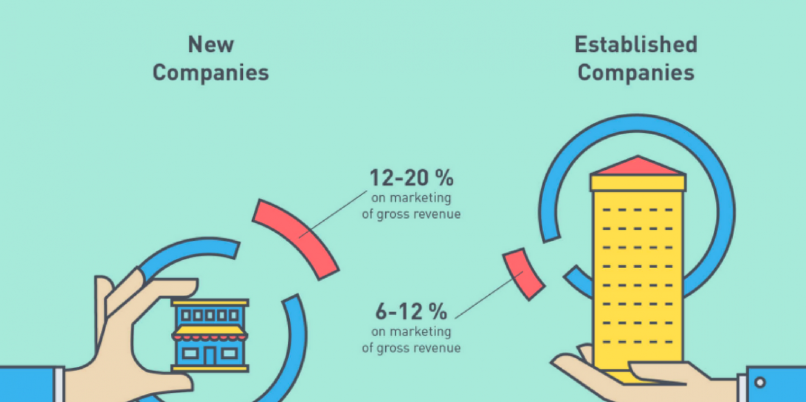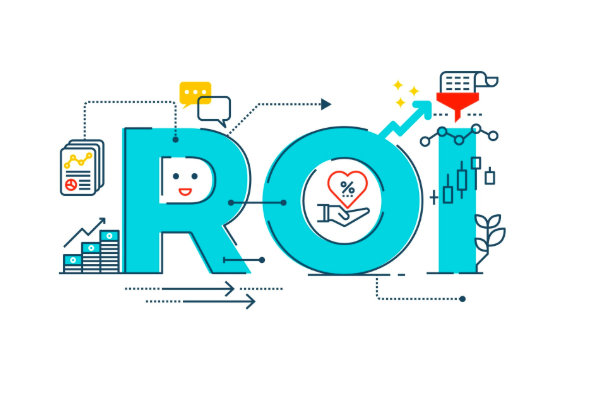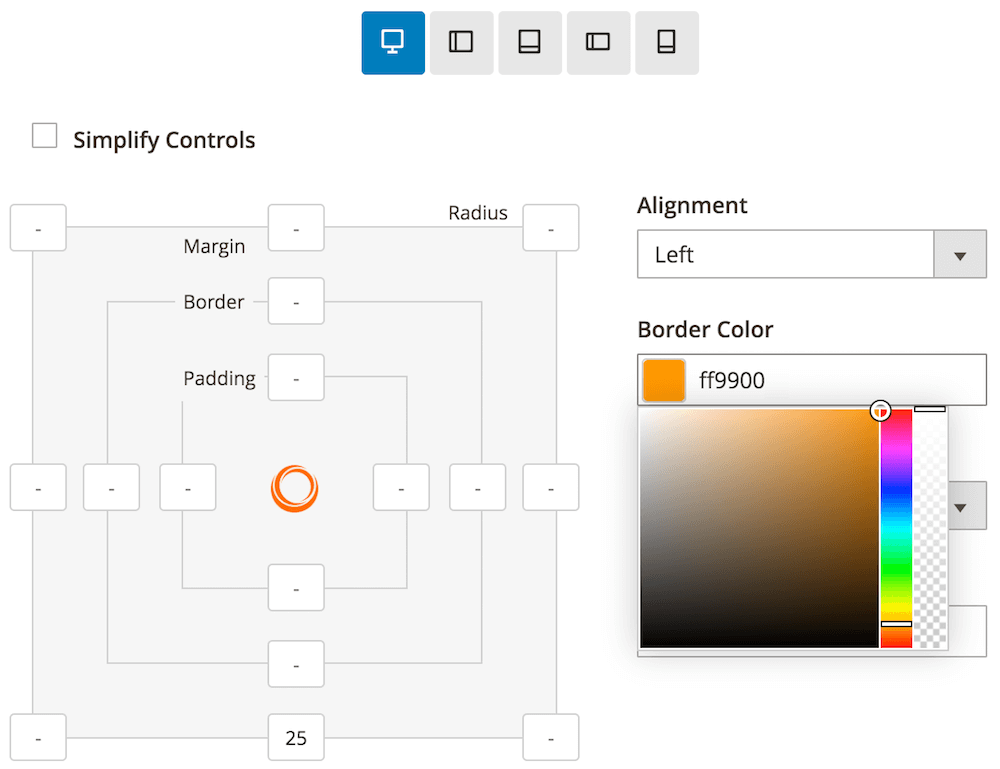
How to determine your ecommerce marketing budget?
Marketing is a vital part of any business, and it is no different for E-commerce. However, you shoud leverage your expenses with your revenue. In reality, while it's easy to spend too little on marketing, it is also possible to spend too much. But how do you know whether you are in the right way or not? This article is going to give you some tips to manage your budget and spend it wisely.
1. Determining your budget
There are some methods you should use to calculate the exact budget number. Thus, take the right one relies on your business’ size, the business running time and your current sales.
1.1 Think about the revenue

Estimate the marketing budget wisely
In general, most small businesses set aside between 6 to 12 percent of their total revenue to marketing. This case, total revenue is all of the money made from sales before taking out expenses.
However, business experts recommend that you should only utilize a percentage of your revenue for marketing. Hence, when your margins (business income after expenses - net income for example) fall at or above 10 to 12 percent, just think about it.
In case your business is only covering costs - or worse, a 6 to 10 percent marketing budget may not be practical. Keep it in track, cut down your expense on employees or advertising. As a result, your marketing can still get growth.
Entrepreneurs, which have no sales history and no revenue numbers, will find it difficult to apply this formula. However, try estimate your revenue and the expenses needed. If your estimates of marketing budget are too high, consider cutting it down! Right away!
1.2 Fixed budgets

Calculate your budget carefully
The entrepreneurs should be more careful using their budget. As a result, another option here is to use fixed budgets. In the first year of business, you may have to find an affordable amount stick to it. Therefore, making a detailed marketing plan is the first thing to do.
Be specific on any tiny detail— wanna gain a number of followers on social media? Increase sales to a certain percent? Boost your google search rankings? Once you know the exact targets, craft a plan is just a piece of cake.
How much you spend depends on how much capital you already have. After other costs are covered. The last think we wanna tell you is to be realistic: Don't try to match Amazon’s budget on marketing. It's somehow insane!
2. Return on investment

Return on investment (abbreviated as ROI) is used to determine the effectiveness of a strategy. This case, it is the result of your marketing efforts. Also, it gives you a better understanding of how your campaigns impact your overall budget.
Let's make an example of Email marketing:
The store owner send out marketing emails which cost $100. If her revenue increases by $150, that campaign will get a 50 percent ROI.
However, marketing is barely as simple as the above example. So many marketing campaigns lead the sales far down the road. Fortunately, having accurate marketing targets can help increase ROI. Thus, businesses calculate ROI based on gains. As a result, this figure
3. Choose the suitable marketing campaign
Last but not least, be careful before starting any marketing campaign. As you decide to spend your money, you are ready for the risk. Thus, balance your budget at once: Don’t spend too much if you don't want to break the bank. On the other hand, don’t spend too little if you want people to notice your products exist.














